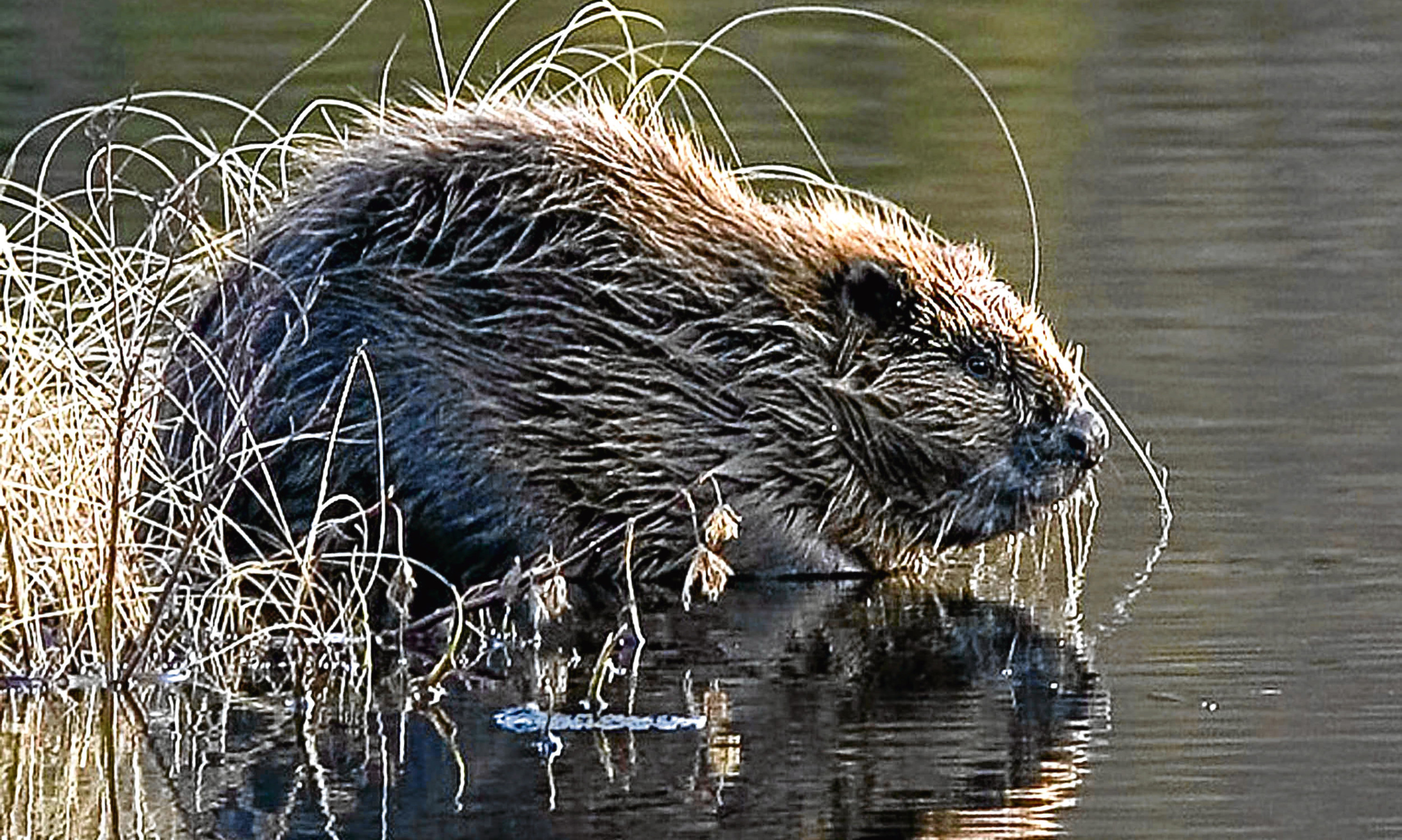The interface (to use a polite euphemism) between the Tayside beavers and some of their human neighbours is deteriorating into an inter-farce.
The longer the Scottish Government delays the final decision on the beavers’ future, the more reckless the hostility on display in some of the more undiscriminating corners of our farms and estates.
What began with demolishing beaver dams by way of discouragement (they usually start to rebuild them overnight anyway), morphed all too easily into shooting beavers (which is legal on Tayside but illegal in the official trial area in Argyll).
But you should know that it has also become fashionable to demolish the landscape.
Here for example, is a slender burn which ploughs a deep and tree-lined furrow down through the flat plain of the Carse of Gowrie.
And here is its beaver dam. It’s about a dozen feet across and at this point the burn is perhaps 20ft below the level of the farmer’s field.
I have seen a couple of instances elsewhere in Perthshire of tree-lined banks being denuded of them so the beavers couldn’t use them.
However, I have been watching this particular Carse of Gowrie beaver dam over the past week and it has not made pleasant viewing.
First of all, the dam was simply removed, all trace of it gone, the burn and its banks as they were before the dam was built. But it takes more than that to dissuade beavers.
They started to rebuild.
It was removed again and this time the heavy machinery moved in. A stretch of bank directly above the dam and about 20 yards long was cleared of trees. These were dumped in the edge of the field.
However, beavers eat plants as well as the leaves and bark of trees and the banks here are thickly covered in vegetation.
Or at least they were. Now only one of them is.
The bank between the field and the dam is now an almost vertical blank wall of earth. That was the situation I encountered in midweek. The bank had been stripped bare.
However, the beavers had obviously started to rebuild again in the night.
An exploration of the burn upstream from the dam revealed the bank had been completely cleared of trees and vegetation in stretches of 20 or 30 yards at a time over several hundred yards of the watercourse. Trees and scrub littered the field edge beyond the burn.
This is a kind of environmental madness.
Firstly, it demonstrates the most troubling aspect of the interface, which is complete and widespread ignorance of the way beavers work – and an equally complete unwillingness to take the time to learn.
Secondly, it wrecks a particularly important wildlife habitat, from treetops to waterline. It has effectively destroyed a linear nature reserve.
Thirdly, it will have destabilised the banks of the burn, because it has removed and uprooted the very root systems and vegetation cover which stabilised them.
Fourthly, it has rendered a bonny little burn ugly.
Fifthly, it has removed the means of protecting the watercourse from the effects of run-off from the field, so the quality of the water will suffer and so will everything that swims in it.
The irony of this is that the presence of beavers actually improves water quality. Their dams act like filters that trap and then break down impurities.
And no one should be under any illusion that this is one-off behaviour. It is as widespread as the Tayside beavers are.
The lack of a clear direction from the Scottish Government is having the unforeseen consequence of giving some farmers the licence as they see it to wreck the landscape.
The Government has promised a decision by the end of the year. By taking it now, farmers will know exactly where they stand and the beavers and landscape will be spared from another 53 days of madness.
I went back to see the dam on Saturday night, after dark, which is when beavers are up and doing.
As yet, the vandalism is only on one bank of the burn, so I took advantage of cover on the opposite bank to watch the pool – the dam was being rebuilt, yet again.
I watched a beaver choose a piece of broken branch from the field edge where it had been dumped, then drag it to the brink of the bare earth slope, down which beaver and branch then slid effortlessly into the water.
Jim will be talking about his book, The Nature of Autumn, at three evening events in Courier Country this month: Waterstones in St Andrews this Thursday at 6.30pm; Waterstones in Perth on Friday November 18 at the same time and Dunshalt Village Hall in Fife on Tuesday November 29 at 7pm.
